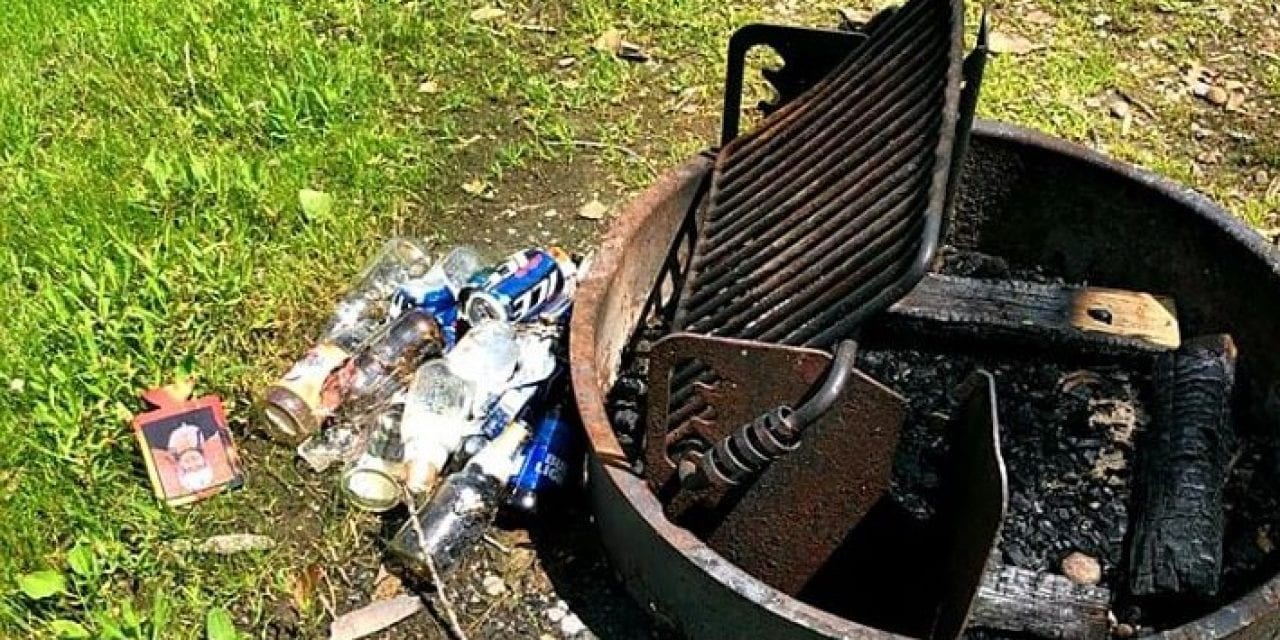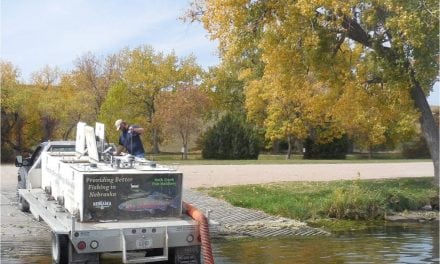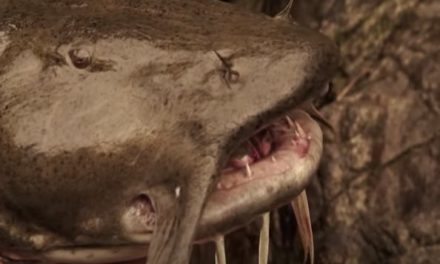Trash. A large amount and variety of trash. Plastic bottles. Plastic grocery bags. Fishing bait containers. Spent fishing line. Cigarette butts. Banana peels. Food wrappers. Diapers. Broken lawn chairs. Old tires. Now, add single-use face coverings and rubber gloves plus empty hand sanitizer containers. Whew! The list of trash items seems endless.
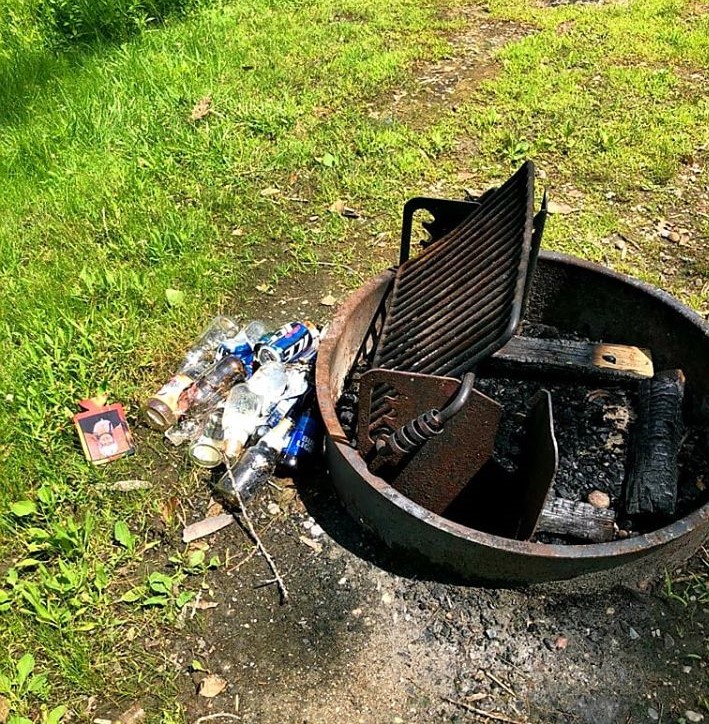
So many people are visiting outdoor places and spaces during the current COVID-19 pandemic. In Nebraska, fishing and state park permit sales are up. Float trip outfitters report more bookings than ever on rivers. It seems that many are discovering outdoor recreational and natural resources close to home for the first time, and that is great! However, along with the increased traffic has come increased amounts of trash.
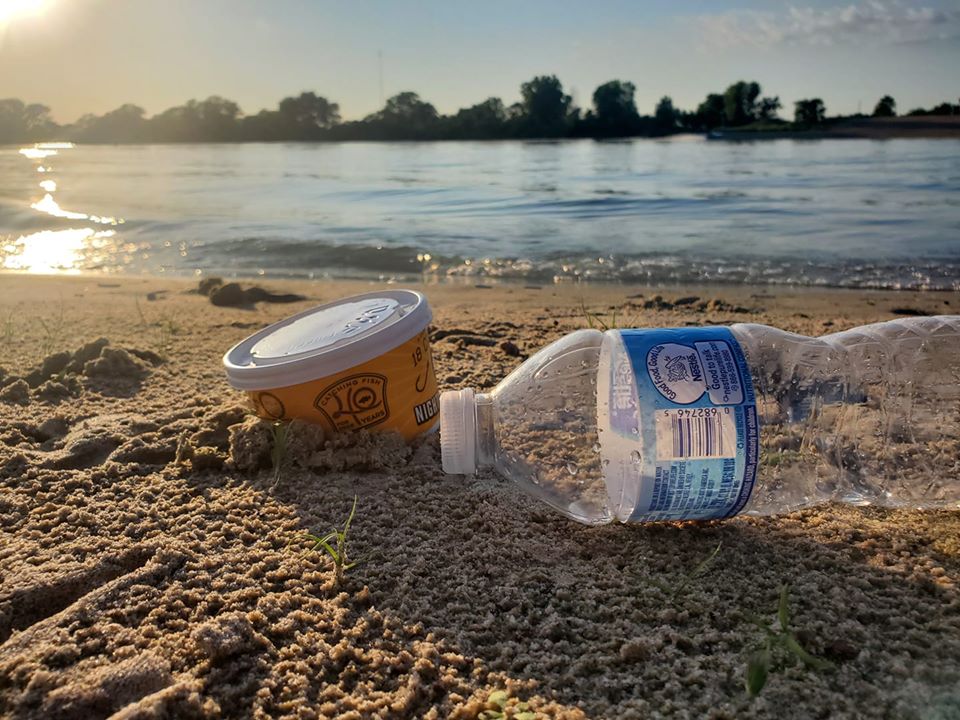
Oh, the garbage.
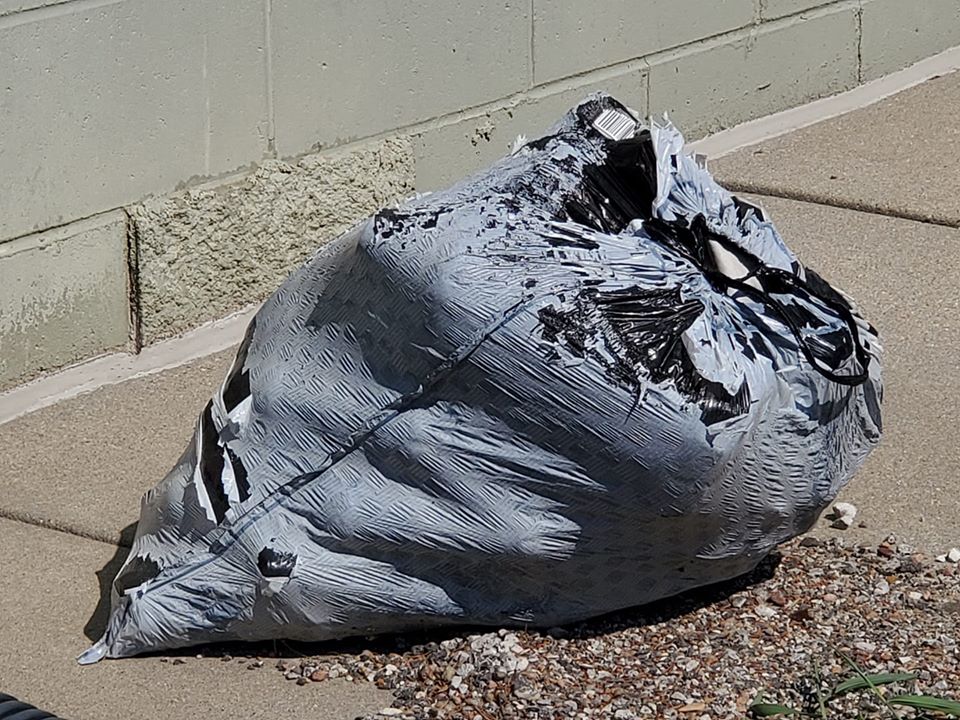
Okay, look. I consider the pandemic as an opportunity to really educate people and help them build an appropriate relationship with our natural world.
Seriously.
Just think if we can inform these newcomers and others in the great outdoors how they can treat land and water more responsibly, wouldn’t that be awesome? I think so.
We also need to examine our behavior, too.
Jerry Kane, Public Information Officer for the Nebraska Game and Parks Commission and an avid angler, thought to himself how he could help with the trash problem when fishing at public lakes and ponds. He said, “Greg, when the fishing is slow, I figured I’d pick up garbage along the shoreline with a trash bag I carry in my vehicle and then properly dispose of it or recycle it.”
“You might share that idea with other anglers,” he added.
Excellent idea, Jerry.
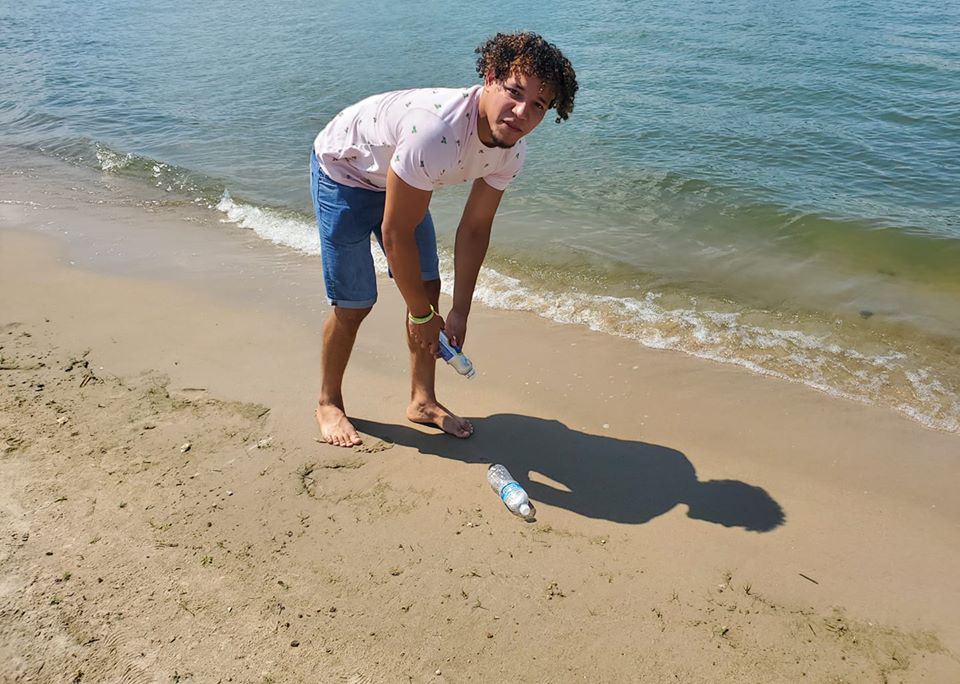
It is my view that we should leave public outdoor spaces and areas even better than we find them initially. Yes, that means picking up and properly disposing or recycling the trash of yourselves and others! It would be the absolute best example we could set.
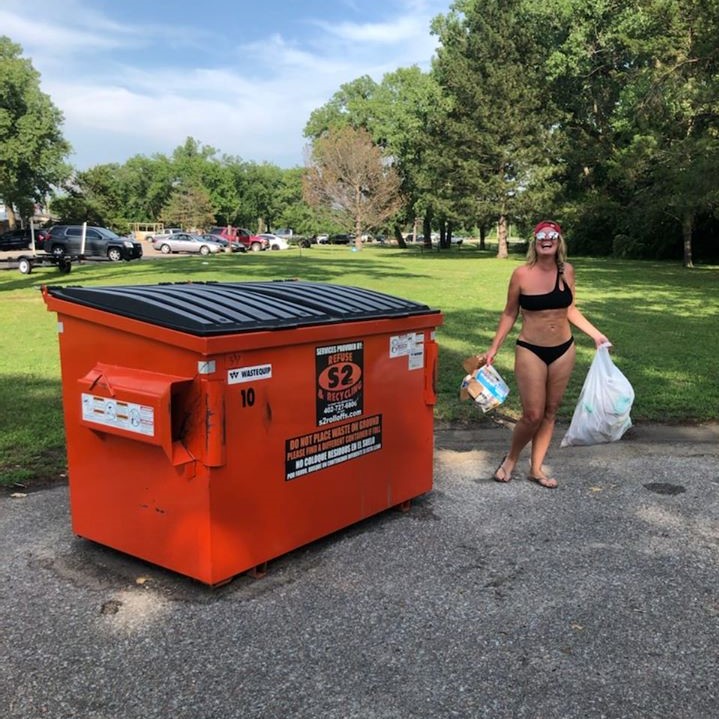
Beyond that, I am all for changing attitudes (even our own) and actively recruiting folks (like you and your family) in individual cleanup efforts, following CDC guidelines, naturally. Trash grabber tools and puncture resistant gloves along with heavy duty garbage and recycling bags would be effective to use in the efforts.
Before we start the movement, we need to understand trash, those who litter and why they litter and what we can do about the present pollution problem.
We all pretty much know that littering is a bad thing to do and there are fines and court costs associated with getting caught tossing things out. We learned that when we were young and are reminded of that now by signage at frequent dumping spots.
Of course, litter (I prefer the word trash) is unsightly and costly. It goes farther though, much farther.
There are negatives to wild things.
Impact on Nature
What impact does trash have in nature? Well, it creates toxins that are absorbed by the soil, harming, if not killing plants. Trash directly affects wildlife when they ingest and try to digest human-made materials such as plastic, polystyrene foam (Styrofoam) and aluminum. Shore birds and fish, for example, may consume broken particles of Styrofoam believing they are food sources. Death is usually imminent.
Trash items tossed into a lake or pond may even lead to algal blooms and a reduction of oxygen needed for aquatic life.
There are other littered threats to wildlife. These are along our shorelines. They are discarded fishing lines, hooks, weights, plastic sacks and more.
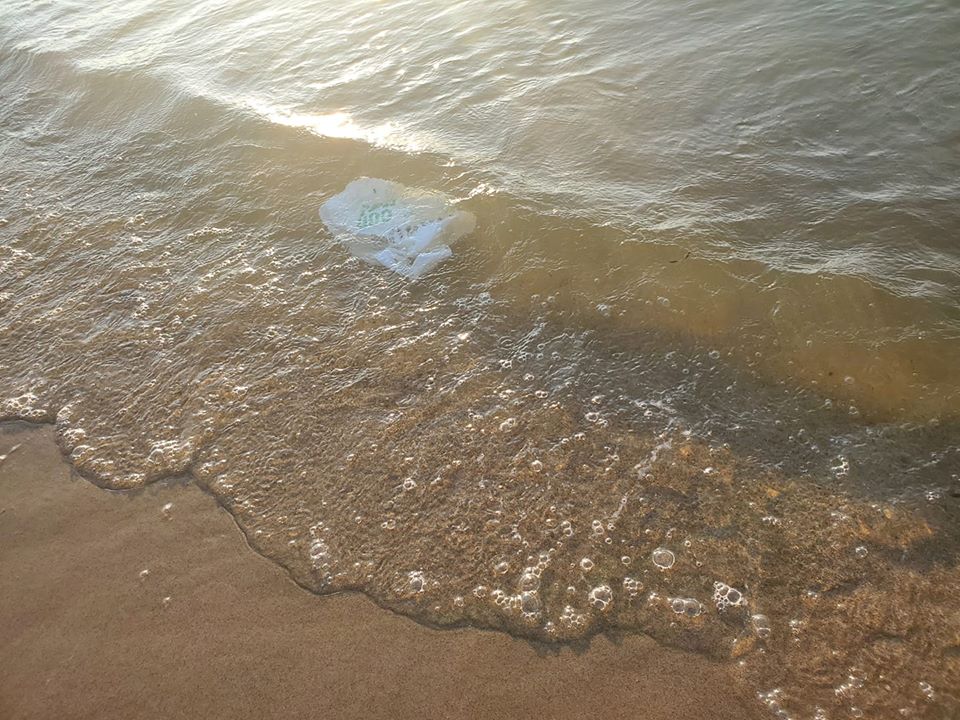
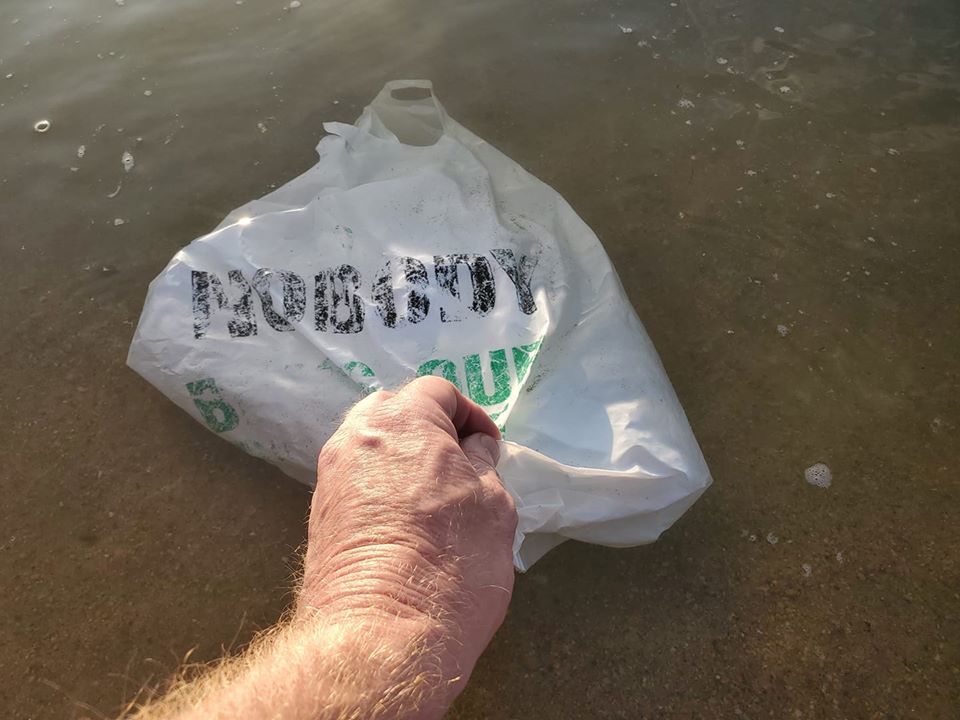
Entanglement is typically the result with many of these discarded items causing severe injury or death to an animal. Monofilament fishing line can take up to 600 years to break down in the environment, according to scientific analysis! A superb option exists near the water at many publicly accessible waters in Nebraska where anglers can put spent fishing line in specialized bins to be recycled, thanks to the Nebraska Fish and Game Association. Look for them along a water near you!
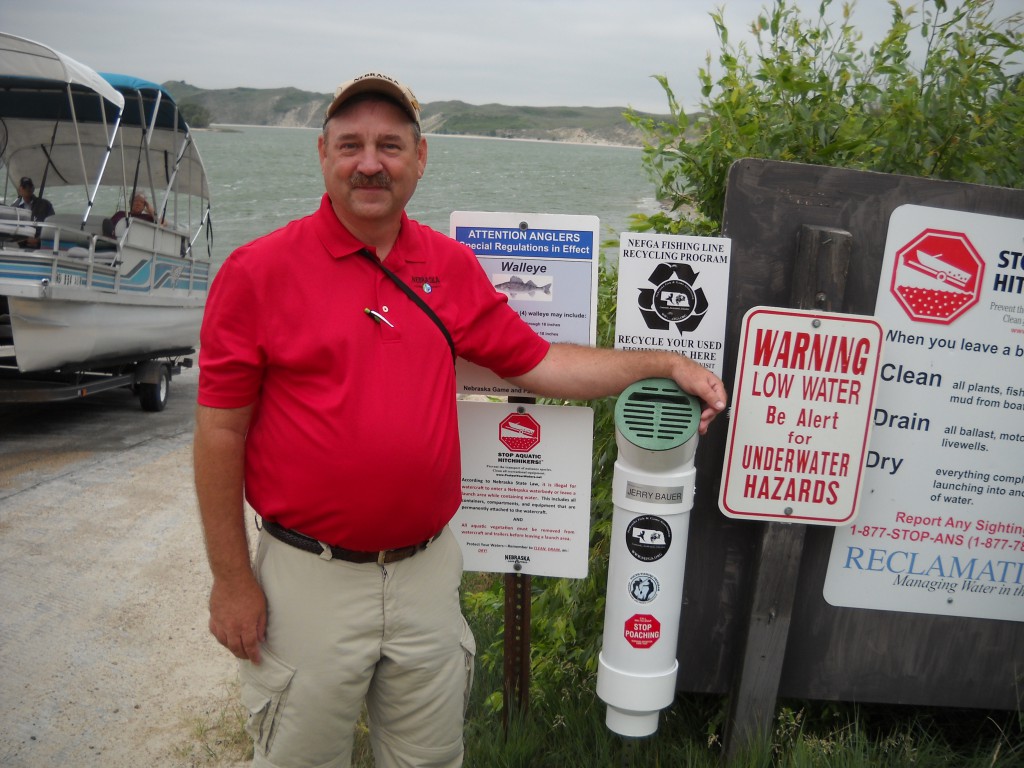
Organic Trash
Then, there is what I call “organic trash.” Do you know what comprises organic trash? The answer: Fruits and vegetables. More specifically, your banana, orange and lemon peels and apple cores.
It may be hard to imagine that throwing your banana peel or apple core on the ground at a state park or wildlife management area could be hazardous to wildlife because you think it will simply decompose. That is untrue.
Did you know research shows that an apple core can take two months to decompose? The decomposition of a banana, orange or lemon peel can take up to two years. Within those time frames, the leftover part of those fruits are trash!
Interestingly, what we humans consider healthy for us is not healthy for wildlife. Studies indicate that wild animals typically do not eat stuff like banana, orange and lemon peels or apple cores. If they do eat those kinds of things, it is not part of their normal diet and can hurt them.
Biologists say when certain wildlife species eat human foods, enzymes in their bodies change to adapt to them. When the animal returns to a natural diet, it often cannot digest it.
Movie Theater Syndrome
Let me address the “Movie Theater Syndrome.” Have you heard of it?
This is the mentality of being in a movie theater and leaving your soda cups, candy wrappers and popcorn containers on the floor or in the drink holders or seats and walking out when the movie is finished. After all, somebody else will pick up my trash. Somebody is getting a paycheck to do that, aren’t’ they? Hmmm …
The Movie Theater Syndrome is applicable to the outdoors as well. People view an outdoor destination as a place to go for a particular outdoor activity such as fishing, swimming, boating, picnicking, etc. and not caring about leaving trash because they have already seen some trash scattered around.
There is absolutely no value or personal ownership placed on that public outdoor space that they have the privilege of paying to use. After all, somebody else will pick my trash. Somebody is getting a paycheck to do that, aren’t’ they? Hmmm …
Research proves we take our cues about what to do in a particular setting by what people have already done there. The perception is that littering is an acceptable practice when encountered. They figure it is somebody else’s job to pick it up. What a dang shame!
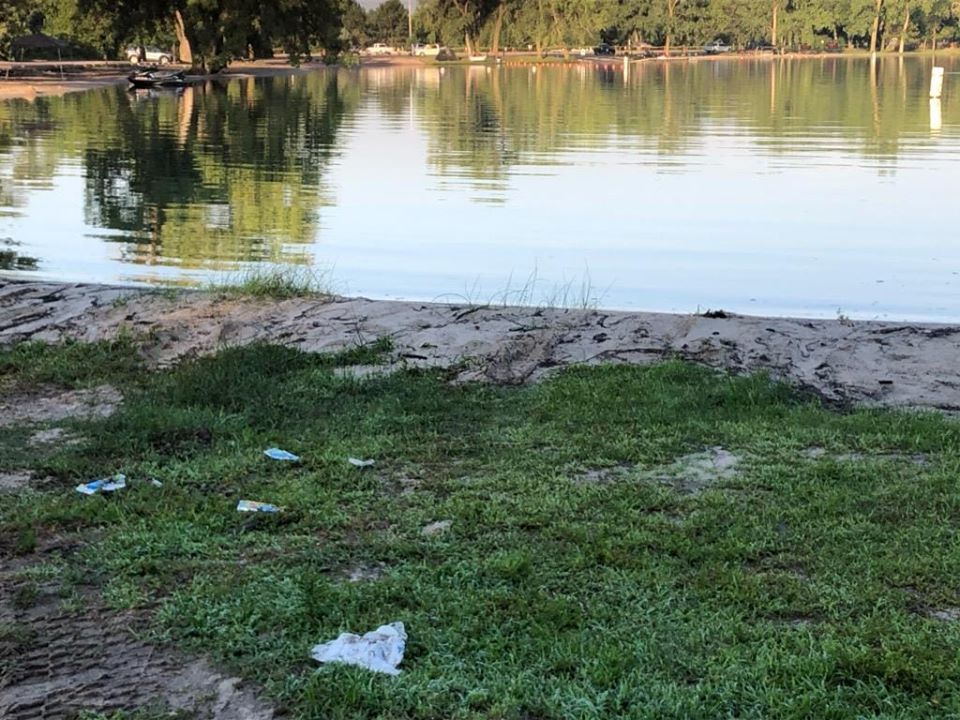
Studies of Litterers
Of those that litter, studies repetitively found there were specific ways people did it.
The first type of litterer is the one who tries to find a place for the disposable object that still leaves the area looking clean. They attempt to tuck the object into cracks or other places where it will not blow away. Still other litterers try to bury the object, but it later reveals its nastiness. In some instances, the distance to the dumpster mattered.
Researchers also discovered those who make the effort to get to a trash bin, but fail to get all the garbage inside. “Foul shooters” miss the can and leave the trash or trash bag on the ground next to a dumpster or trash can.
The studies also summarized some people were “90 percenters,” who properly dispose of large objects, but leave behind less conspicuous, smaller objects.
In addition to the laziness and carelessness of littering, there is the intentional side of it.
This is an anti-establishment act or ‘thumbing of the nose’ at authority or society. “Flagrant flingers” are those who litter in the open without any attempt to conceal their actions.
Gee, do you fall into any of these categories or know people who do? Let us remember most littering is intentional, not accidental.
No matter how a person litters, it still has negative repercussions on the environment. Potentially, people think it is okay to litter because they do not see the direct harm in it at the time.
That is sad, but we can we do?
8 Things You Can Do about the Trash Problem
(1) Make sure your trash is secure and placed in proper receptacles that are not overflowing in picnic areas, campgrounds, beaches, boat ramps and other outdoor spaces. Note that plastic bottles and bags, aluminum cans, wrappers, newspapers and other lightweight materials can be easily be scattered by the wind. Trash knows no boundaries!
(2) Leave no trace! Be prepared to pack out all of your trash, especially in state wildlife management areas and national forests. Dispose of waste properly: “Pack it in, Pack it out.” This common slogan is a simple yet effective message to get folks to take their trash home with them. The premise of “Pack it in, pack it out” for outdoor enthusiasts also aims at reducing the volume of trash you actually take with you and have to pack out.
(3) Organize or participate in a clean-up day at a park, natural area, river corridor or private sandpit lake development, adhering to CDC guidelines.
(4) Educate others about the importance of picking up trash, properly disposing of it and/or reusing or recycling it. For example, replace disposable cups with coffee mugs and reusable water bottles.
(5) Lead by example and leave an area better than you found it when you arrived.
(6) Keep a litter or trash bag in your vehicle and use it!
(7) Consider upcycling. It is a creative reuse process of transforming or reinventing an otherwise disposable item into something of higher quality. You could fashion a produce bag into a beach tote, as an example.
(8) Incorporate more sustainability practices at home – Grow your own vegetable garden, compost certain food scraps, etc.
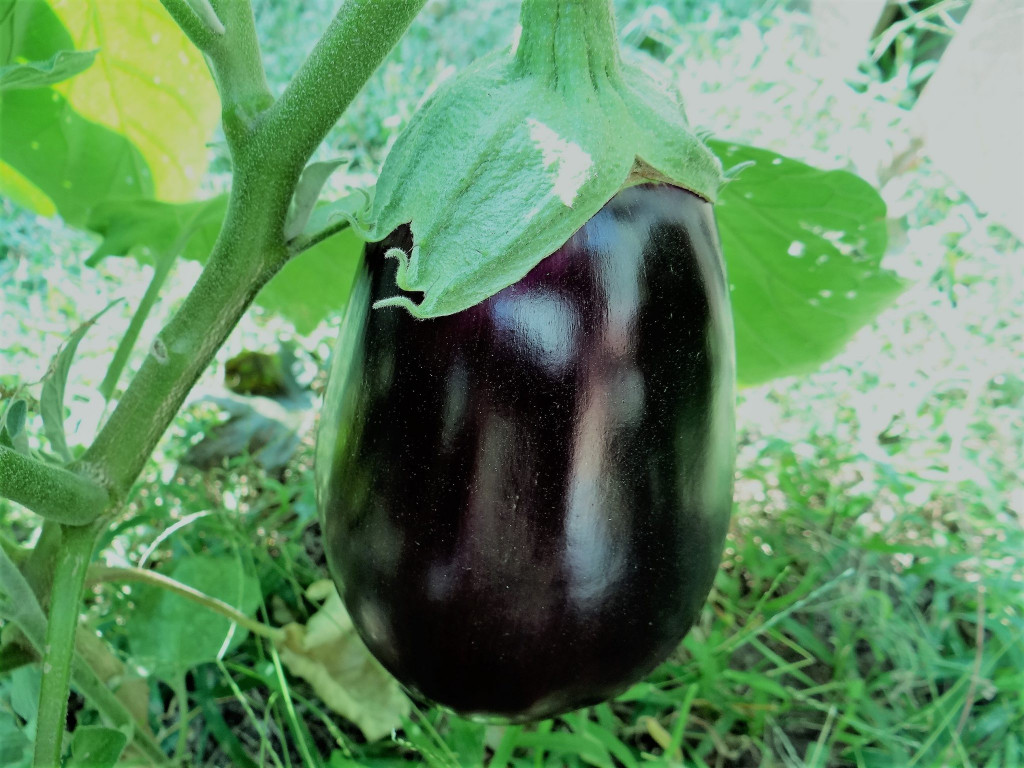
The post Be Eco-Friendly, Pick up Your Trash (and that of others)! appeared first on Nebraskaland Magazine.

